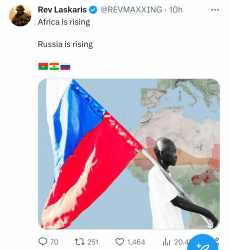>>18339618>>18339701 Annex 1
List of critical raw materials for the EU
The 27 raw materials listed below are critical for the EU because risks of supply shortage and their impacts on the economy are higher than those of most of the other raw materials. The table indicates the existence of domestic production of certain critical raw materials in the EU, notably hafnium. However, China is the most influential country in terms of global supply of majority of critical raw materials, such as rare earth elements, magnesium, tungsten, antimony, gallium and germanium among others. Several other countries have dominant supplies of specific raw materials, such as Brazil (niobium) or USA (beryllium and helium). Supply of platinum group metals is concentrated in Russia (palladium) and South Africa (iridium, platinum, rhodium and ruthenium). The risks associated with the concentration of production are in many cases compounded by low substitution and low recycling rates.
The 2017 criticality assessment was carried out for 78 raw materials. The extended scope includes nine new materials as compared to 2014 assessment 9 .
The nine new critical raw materials for the EU, as compared to 2014 list, are highlighted in dark grey in the table below. The three raw materials (chromium, coking coal and magnesite) 10 are not deemed critical based on the 2017 assessment. While heavy rare earths 11 , light rare earths 12 and platinum group metals 13 were assessed individually, they remain as groups in the criticality list (arithmetic average shown in the table) in order to ensure comparability with the previous assessment.

